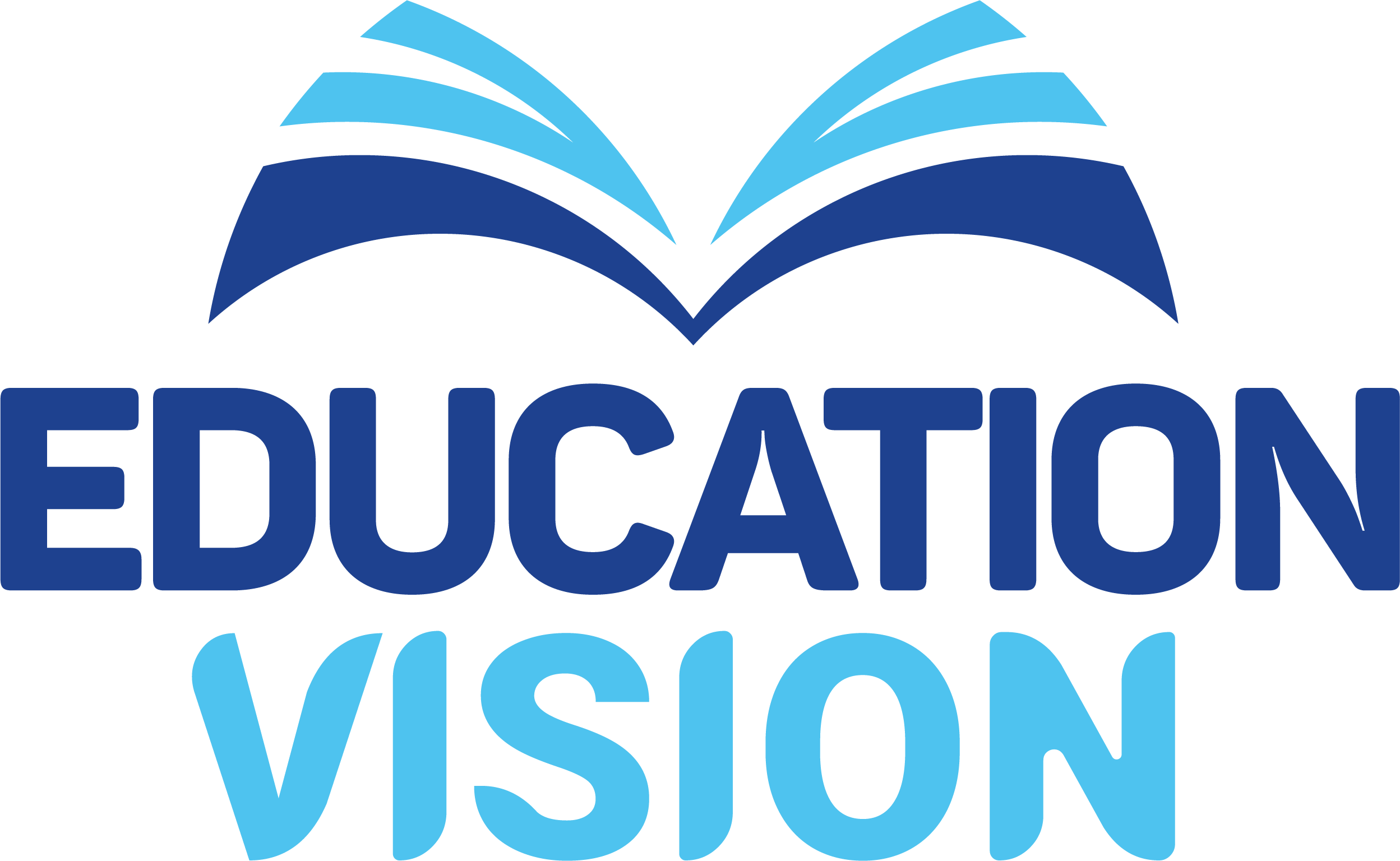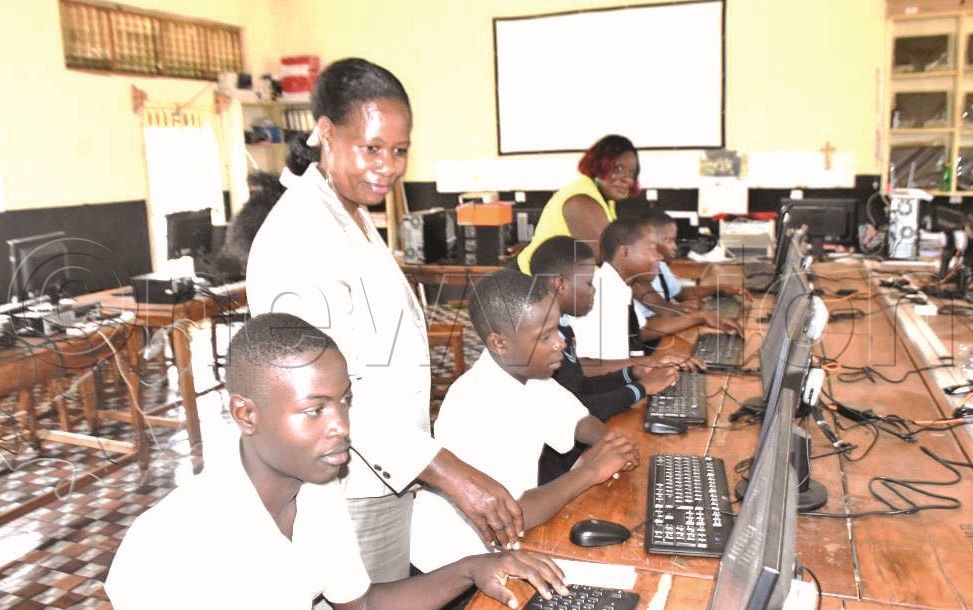(This article as first published in the New Vision on July 13, 2022)
By Luke Kagiri
For several weeks during the COVID-19 lockdown, Immaculate Nassozi, the headteacher of St Joseph’s Secondary School in Mityana district, explored the approaches her school could adopt to keep candidate students learning.
One day as she read the New Vision, she discovered that the paper carried learning materials. She called a staff meeting which resolved that the school would photocopy the materials carried by the newspaper to distribute to about 200 candidate students.
“I realised we had the equipment to photocopy the materials for the teachers to supply to the students. I picked two teachers and asked them to move to the homes of candidates and deliver the materials,” Nassozi says.
She adds that she also asked the teachers to encourage the students to take advantage of the materials to continue learning during the lockdown as they geared up for the schools reopening and national exams.
This approach, Nassozi adds, was the best for the learners at the school, located in Kakindu sub-county, where several households have no access to television and digital communication tools, such as mobile phones, to facilitate online learning.
The teachers, she states, did not have to deal with a lot of challenges in trying to find the students since most of the learners come from villages surrounding the school.
However, there were a few candidates who had returned to their respective homes in Masaka and Mpigi districts when the Government closed the schools.
“Those ones had access to television, newspapers and internet,” Nassozi says.
She explains that she decided to deliver learning materials only to candidates as it would have been difficult to reach the school’s over 500 students.
Later, Nassozi says her efforts were supplemented by the learning materials that were delivered by the Government.
However, when the schools reopened early this year, Nassozi noticed that some students had not returned.
The headteacher says she reached out to their families, and found out that three female students had had babies.
Nassozi explains that she convinced the three students to return to school, although one dropped out a week later.
When interviewed, one of the girls said, “I had given up on studies because returning to school after two years seemed hard. But I am now determined to continue with my studies.”
Sensitising Communities
Even before the outbreak of COVID-19, Nassozi says she was constantly making efforts to get more children into the school by sensitising local leaders and parents about the value of education.
The headteacher, who was deployed to the school in 2019, says the school population was around 300 at the time. While she encouraged parents to prioritise the education of their daughters, she adds that she also devoted a substantial amount of her attention to the education of boys.
“I am happy some boys returned to school. But some could not because they were working in garages and other odd jobs,” she adds.
In order to create a conducive learning environment for learners and eventually improve their academic performance, Nassozi has lobbied the Government and non-governmental institutions to set up some facilities at the school. For instance, a lab stocked with 34 computers has been set up by the Uganda Communications Commission.
“We have also acquired a projector from Star Times and a television set, which we use in classrooms and for entertainment and this is helping a lot in teaching,” she adds.
Nassozi also explains that she recently lobbied the Government and Kiyinda Mityana Diocese to construct latrines at the school, which has improved sanitation.

Financial Management
When Nassozi was deployed to the school, she says she realised that some teachers were receiving fees from some students, instead of encouraging parents to pay into the school’s bank account.
As a result, the headteacher says some of the fees were unaccounted for, adding that some members of the administration were opposed to the idea of having all fees paid into the school’s bank account.
Nassozi says she asked parents to pay the fees into the bank account in order to improve the institution’s financial administration and to also ensure that money is put to proper use.
In terms of co-curricular activities, the headteacher has secured jerseys for the school’s football and netball teams. Currently, she is developing the school’s playground, which she says will be the best in the area and will contribute to the development of sports.
Nassozi has also hired two local specialists in music, dance and drama, who train students at the school every weekend.
Demonstration Gardens
Nassozi says she also takes advantage of the school’s land to encourage students to set up demonstration gardens, which allows them to acquire academic and practical skills in agriculture.
She recently secured for the school 20 sewing machines and plans to start a course in tailoring for students.
“I also plan to start new courses in mechanical engineering and catering because these services are demanded every day,” Nassozi adds.
She says she maintains relations with the parents and learners by offering career guidance and counselling for students to remain in school.
Nassozi advises teachers to cultivate meaningful relationships with parents and offer learners both academic and vocational skills to allow them produce all-round citizens.
Fact File
1972: Born in Bujja, Masaka district.
1980-1986: Attended St Theresa Primary School, Kitovu.
1987-1993: Attended Trinity College Nabbingo for her O’ and A’level.
1997: Graduated with a bachelor of arts in education from Makerere University.
1998: Started teaching at Trinity College Nabbingo.
2010: Transferred to St Peter’s Nsambya
2011: Promoted to deputy headteacher.
2019: Promoted to headteacher and transferred to St Joseph’s Secondary School Mityana.
Nassozi holds a master’s of arts in foundations of education from Makerere University and a post-graduate diploma in human resource management from Uganda Management Institute.
What Others Say
Samuel Kigozi, an uncle to one of the girls who had dropped out of school during lockdown
Nassozi has been instrumental in getting girls back to school. These children know that we did not study and do not listen to us when we talk to them about education.
Erusama Kasawuli, resident
Nassozi has introduced changes at the school. People who had given up on it now consider the school a source of hope in the community.
Aloysius Kyeyune, deputy speaker for Mityana district council
Nassozi’s work is giving hope to the community and the school.
John Robert Mayanja, chairperson Kakindu trading centre
The vocational courses Nassozi has introduced will make a difference in the lives of the learners.

